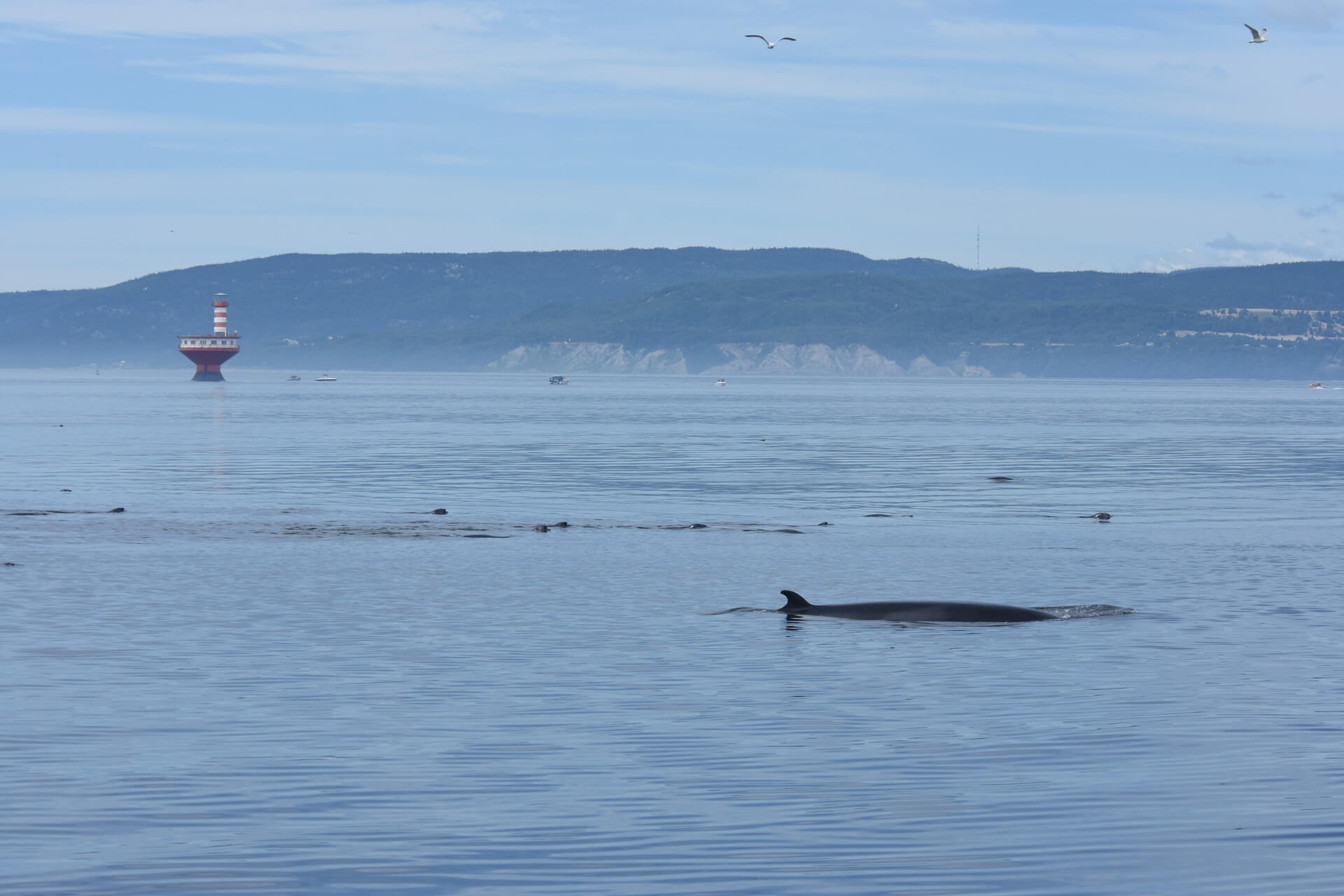In the context of environmental assessments of development projects in the St. Lawrence, the issue of cumulative effects is often addressed. When they start to add up, even moderate-impact projects can lead to significant repercussions on the environment. With the accumulation of different projects, how can we ensure that the capacity of the ecosystem is not exceeded?
In order to answer this question, and thanks to the request of the Mohawk Council of Kahnawá:ke, the St. Lawrence will be entitled to a regional evaluation! This process aims to develop a frame of reference for environmental assessments while considering the cumulative impacts of different projects on the environment and on Indigenous rights. The regional assessment should therefore help quantify the current impacts of human activities as well as not-to-be-exceeded thresholds to avoid irreversible effects on the ecosystem.
An interconnected ecosystem
In its initial request, the Mohawk Council proposed that the assessment focus on the section of the St. Lawrence stretching from Montréal to Québec City. Other Indigenous communities as well as environmental groups consulted then suggested that the study area be extended to include the Estuary. The Impact Assessment Agency of Canada, which will be responsible for carrying out this regional assessment, has not yet made a decision on which portions of the St. Lawrence will be considered.
In its letter of support for the regional assessment process, the Group for Research and Education on Marine Mammals (GREMM) argues that the Estuary should be included in order to reflect the continuum of the ecosystem and seaway. Indeed, port projects in the Montréal region certainly have an effect on shipping in the Gulf and Estuary – gateways to the St. Lawrence – and therefore on the species that live there.
“Groundhog Day”
According to a letter written by the council of the Innu Essipit First Nation, environmental assessments sometimes come across as being as random as “Groundhog Day”. In recent years, different projects have touched on the same environmental issues and have therefore sparked similar discussions. A regional assessment could avoid some of this redundancy by providing baseline information on recurring concerns, such as the St. Lawrence beluga, as well as necessary mitigation measures.
However, some groups warn that this comprehensive assessment should not serve as an argument to do away with project-specific environmental assessments. Indeed, each project has its particularities, and a regional evaluation cannot replace an in-depth analysis.
The Impact Assessment Agency of Canada is expected to release further details on the form this regional assessment will take by the end of the year.






